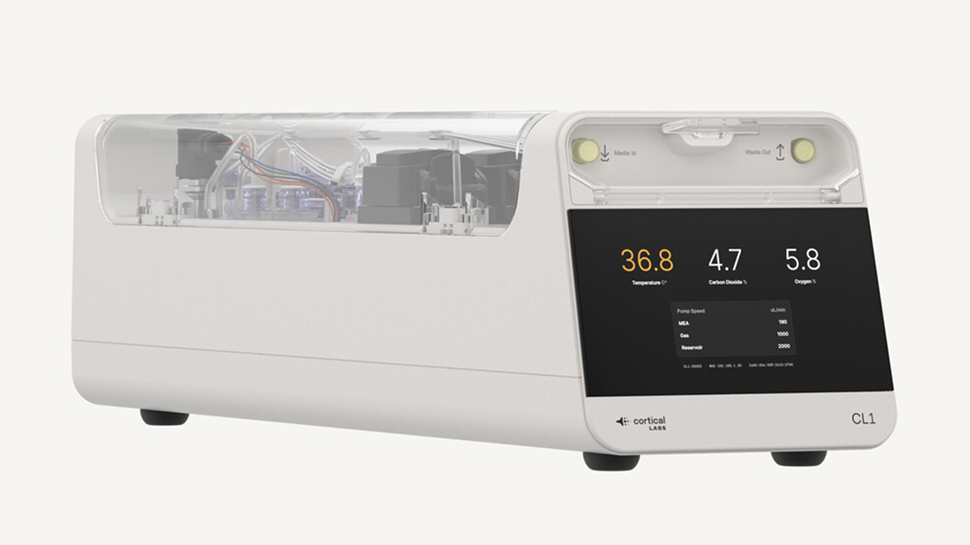Cortical Labs Launches Innovative Neuron-Powered Computing for Research

Cortical Labs, an innovative Australian startup, has made headlines by introducing what it claims is the world’s first commercially available biological computer, known as the CL1. This groundbreaking device is capable of running real code by merging human brain cells with silicon technology.
The CL1 is tailored specifically for sectors such as neuroscience, biotechnology, and artificial intelligence research. Researchers and businesses alike can choose to purchase the unit outright for a one-time price of $35,000 or opt for a more accessible rental plan priced at $300 per week. This rental option allows users to access the platform remotely through what Cortical Labs describes as a 'wetware-as-a-service' model, thus democratizing access to advanced neural computing capabilities.
At the heart of the CL1 are approximately 800,000 neurons cultivated from reprogrammed adult cells. These neurons are maintained by an integrated life-support system that provides essential nutrients and regulates their environment to ensure survival and optimal functioning. This sophisticated setup enables the neurons to communicate and adapt through sub-millisecond electrical signals. According to Cortical Labs, this technology allows for instantaneous processing of inputs and outputs, paving the way for a novel approach to studying brain function.
“The CL1 operates in real-time, utilizing straightforward code that interacts through multiple layers of firmware and hardware,” stated Brett Kagan, Chief Scientific Officer at Cortical Labs, in an interview with IEEE Spectrum. He further explained that the system employs sub-millisecond loops to read information, act on it, and write new data back into the cell culture.
The development of the CL1 builds upon previous work by the company, particularly the DishBrain project, which demonstrated the ability of neurons to learn how to play Pong in a simulated environment. The latest model of the CL1 features enhancements that increase the number of input channels, improve signal latency, and incorporate hardware upgrades, making it even more suitable for intensive research and future commercial applications.
Interestingly, the CL1 has already shown potential in restoring learning functions in neural cultures that model conditions like epilepsy, showcasing its versatility in addressing complex biological challenges. The device is also designed to be energy-efficient, consuming significantly less power than conventional artificial intelligence hardware, which is a notable advantage for research institutions.
The CL1 opens the door to diverse use cases, including drug development, artificial intelligence testing, and disease modeling. However, it is important to note that users are required to obtain ethical approval for any new cell lines and must operate the device within compliant laboratory environments.
Prominent theoretical neuroscientist Karl Friston has lauded the CL1 as a “remarkable achievement,” highlighting its potential to provide researchers with a practical platform to test various theories related to learning, behavior, and brain function using actual neurons.


























